City to City by Gerry Rafferty
Buy City to City Gerry Rafferty was an artist who really didn’t like fame all that much. In fact, he once walked out on his former band, Stealers Wheel, shortly after they topped […]
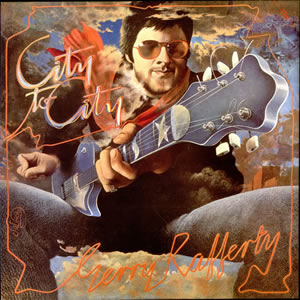
Buy City to City Gerry Rafferty was an artist who really didn’t like fame all that much. In fact, he once walked out on his former band, Stealers Wheel, shortly after they topped […]
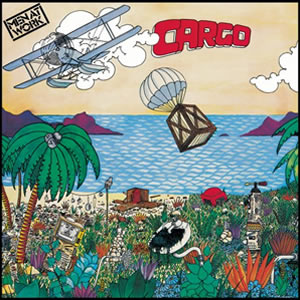
Buy Cargo It is funny how fame works. When Men at Work recorded their second album Cargo in the summer of 1982, they were just a regional act who had moderate success in […]
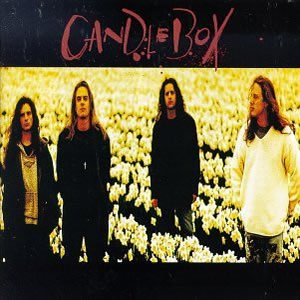
Candlebox was one of the last riders of the huge Seattle grunge wave of the early 1990s. Consequently, they were at the vanguard of the post-grunge wave, where this newly labeled “alternative” music […]
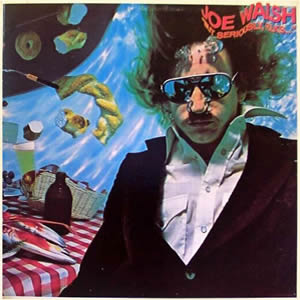
Buy But Seriously Folks Joe Walsh found his greatest solo success with But Seriously, Folks in 1978, although “solo” is used loosely here. The versatile rocker did have help from all four members […]
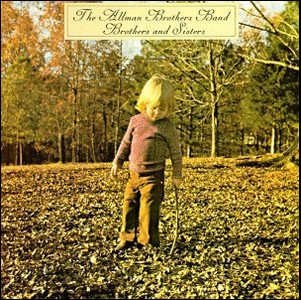
Buy Brothers and Sisters Brothers and Sisters was at once the career peak and the first step into the abyss for The Allman Brothers Band. It was released in the wake of dual […]
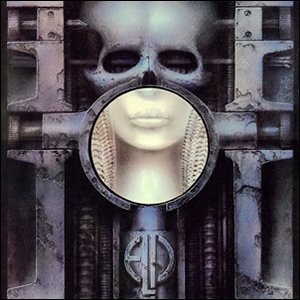
Buy Brain Salad Surgery Emerson, Lake, & Palmer reached their progressive climax with their fourth studio album Brain Salad Surgery. It was the group’s most ambitious and commercially successful album, with a mixture […]
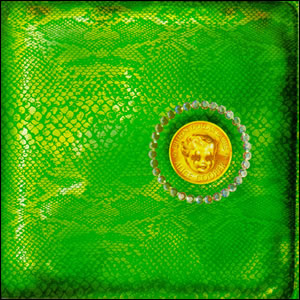
Buy Billion Dollar Babies The Alice Cooper Band reached their commercial peak with 1973’s Billion Dollar Babies. This sixth Alice Cooper album, produced by Bob Ezrin, refined some of the basic rock grit […]
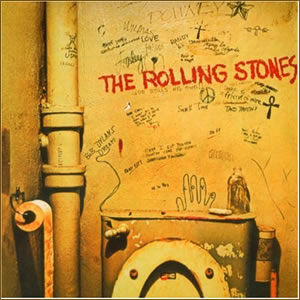
Buy Beggars Banquet Returning to their blues-based roots rock following the psychedelic pop of their 1967 album, Their Satanic Majesties Request, Rolling Stones hit their true artistic stride with Beggars Banquet. While most […]
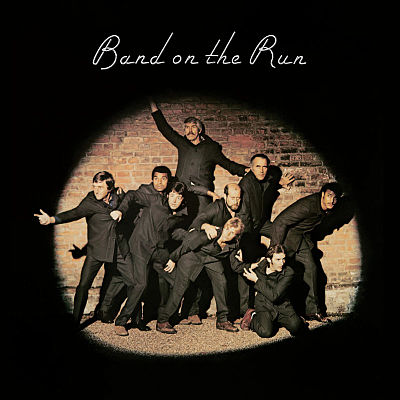
Buy Band On the Run Paul McCartney finally hitting on all cylinders in his post-Beatles career with Band on the Run. It was his fifth such album since the 1970 breakup of the […]
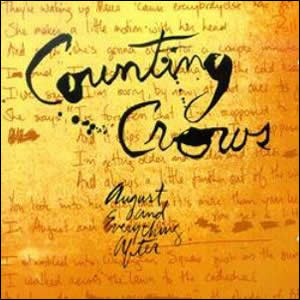
Buy August and Everything After One of the more impressive debuts of 1993, August and Everything After by Counting Crows fuses lyrically rich ballads with such long forgotten sonic treasures as the Hammond […]